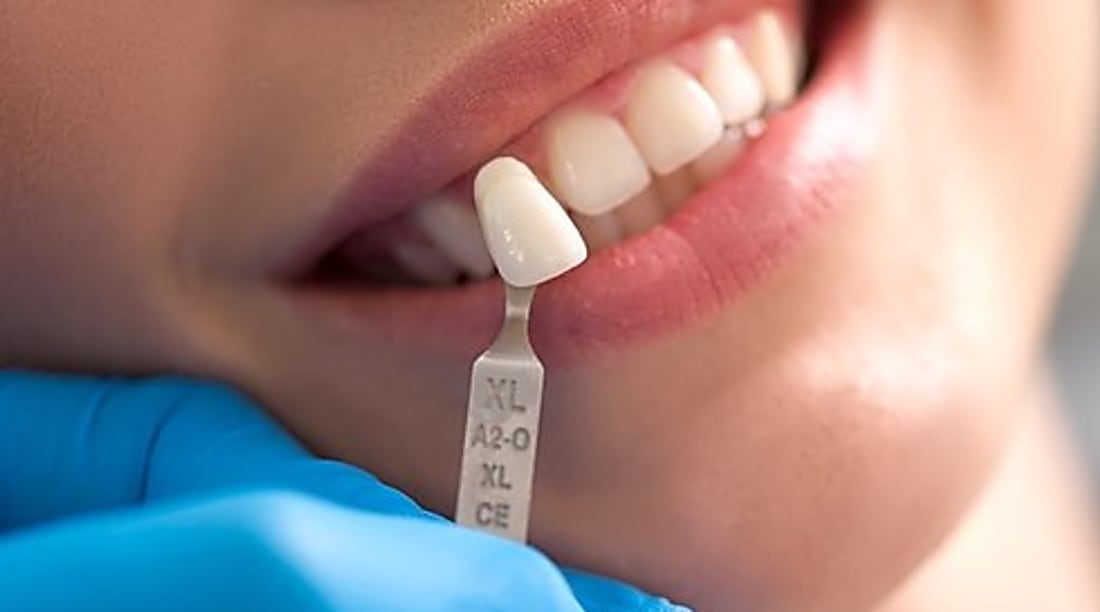Dental Implants: Your Guide to Permanent Tooth Replacement
Discover how dental implants provide a long-lasting solution for missing teeth. Learn how titanium posts fuse with the jawbone to recreate natural tooth roots, who qualifies, what the multi-stage procedure entails, cost ranges and ongoing care tips to maximize implant longevity.

Dental implants have transformed tooth replacement by offering a durable, natural-feeling option that restores appearance and function. Rather than relying on removable prosthetics, implants use biocompatible titanium posts placed into the jaw to act like real tooth roots. Over time the bone bonds with the implant, creating a secure base for crowns, bridges, or full-arch restorations that closely mimic natural teeth.
Who makes a good candidate for implants?
Successful implant treatment depends more on oral and bone health than on age. Ideal candidates have adequate jawbone volume to anchor the implant and healthy gum tissue free from active periodontal disease. Patients should be mature enough that jaw growth is complete. Certain medical conditions and lifestyle factors can influence outcomes—smoking, uncontrolled diabetes, or other systemic issues may increase risk and should be discussed with your dental provider. Your dentist will evaluate overall health, oral hygiene habits, and any medications that might affect healing before recommending implants.
What to expect from the implant process
Implant therapy is usually completed in stages over several months to allow proper healing and integration. The timeline commonly ranges from three to nine months, though individual cases vary.
-
Evaluation and imaging: A thorough oral exam, X-rays and often 3D scans (CBCT) are used to assess bone quantity, nerve positions, and sinus anatomy. These images guide precise implant placement and identify if additional procedures are necessary.
-
Preparatory treatments: If jawbone volume is insufficient, bone grafting or sinus lift procedures may be scheduled first. These add healing time but create a stable foundation for the implant.
-
Implant placement surgery: The titanium post is surgically positioned in the jaw under local anesthesia (and sedation if needed). The implant is covered or fitted with a temporary healing cap depending on the approach.
-
Osseointegration: Over several months the implant and bone fuse in a process called osseointegration. This biological bonding is what gives implants their long-term stability.
-
Abutment and restoration: Once integration is confirmed, an abutment (connector) is attached to the implant and a custom crown, bridge, or denture is fabricated and secured. The final restoration is shaped and shaded to blend with neighboring teeth.
Costs and treatment options
Costs for implants vary widely depending on the number of implants, the type of restoration, geographic location, clinician experience, and whether preparatory procedures (like bone grafts) are required. Below are common pricing ranges to help set expectations:
| Procedure Type | Average Cost Range | Additional Considerations |
|---|---|---|
| Single implant | $3,000 - $4,500 | Typically includes implant, abutment, and crown |
| Multiple implants | $6,000 - $10,000 | Per arch pricing can vary by design and materials |
| Full mouth implants | $20,000 - $45,000 | Complete upper or lower arch replacement |
Prices, rates, or cost estimates mentioned in this article are based on the latest available information but may change over time. Independent research is advised before making financial decisions.
When comparing quotes, ask what is included—consultations, imaging, anesthesia, temporary restorations, and follow-up care can affect the total. Some practices offer financing or phased treatment plans to spread costs.
Caring for implants long-term
Once placed and restored, implants require much the same daily care as natural teeth. Brushing twice daily, flossing, and routine professional cleanings are essential to maintain healthy gums around the implant. While implant materials don’t decay like tooth enamel, the surrounding tissues can develop inflammation (peri-implant mucositis or peri-implantitis) if oral hygiene is neglected.
Schedule regular dental check-ups—typically every six months or as recommended—so your dentist can monitor the implant, surrounding gums, and bite. Avoiding tobacco and managing chronic health conditions, particularly diabetes, can greatly improve the implant’s long-term success. If you notice unusual swelling, pain, mobility, or changes around the implant site, contact your dental provider promptly.
Final considerations
Dental implants offer a predictable, long-lasting solution for replacing single teeth, multiple teeth, or full arches when planned and executed by a qualified dental team. Treatment is personalized: candidacy, timeline, and cost depend on each person’s oral anatomy and health needs. A consultation with your dentist or oral surgeon will clarify whether implants are the right choice and outline the steps, timeline, and expected investment.
This article is for informational purposes only and should not be considered medical advice. Please consult a qualified healthcare professional for personalized guidance and treatment.





